Quantity
Use 2gr of tea per 150ml of water.
Temperature
For the optimum infusion use 85°C <185°F> water.
If you like milk, use water at 100°C <212°F>
Brew Time
Infuse for 1 – 3 minutes, tasting regularly.
Enjoy
Sip hot or top with ice for iced tea
The leaves used to make Japanese teas are often treated with care, and the processing—immediate steaming after picking—is largely responsible for the teas’ refined flavour and appearance. Once that’s done, hang it up to dry. Green tea, often either Bancha or Sencha, is a staple Japanese beverage. It is common knowledge that Ban 2 GO is a premium grade of Bancha.
The best time to harvest produce leaves is after the new growing season has begun, when they have matured into a coarser form. The tea’s distinct flavour and appearance are both thanks to this. Bancha tea often has lower levels of caffeine and tannin than more refined Japanese teas because the leaves used to create it are coarser and include some stalks and stems.
Moreover, the cup is often less intense.
Long rows of groomed shrubs give the impression of a domed structure. It is reported that the tea in Shizuoka Prefecture looks like undulating green waves lapping at the shore. When it comes to plucking space, this rounded tea bush shape is unrivalled. The pickers utilise a long, regularly formed table to remove the leaves and new buds as they grow. Plucking is done manually at the beginning of the season, but after a few weeks, machines take over.
The Japanese have demonstrated remarkable ingenuity in this regard by creating a curved, portable equipment that uses automated scissors like electric hair clippers to trim the tea shrub. A staple of Japanese culture is tea.
It has been served at the “tea ceremony,” whose rules were established by Rikuyu, and as a digestive aid after meals.


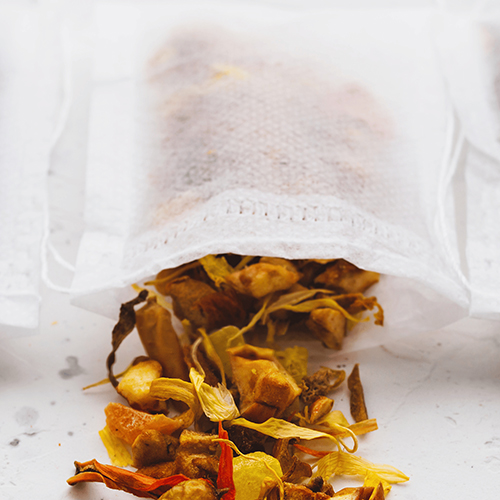
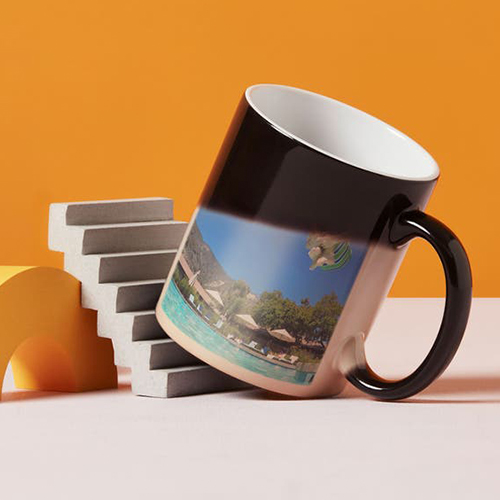

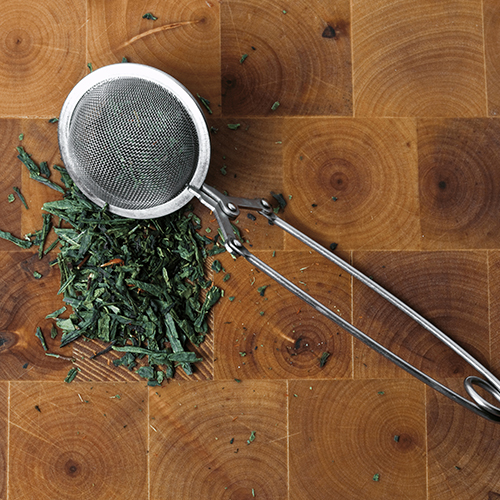
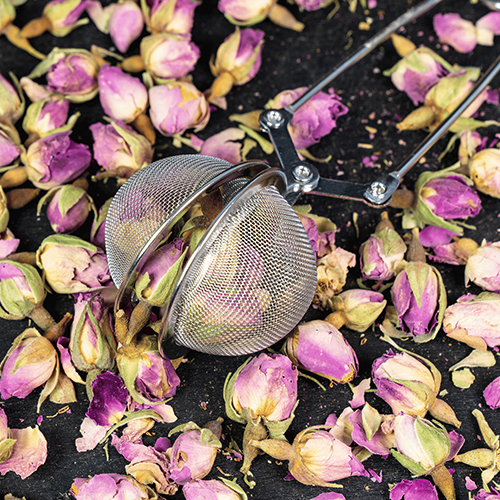

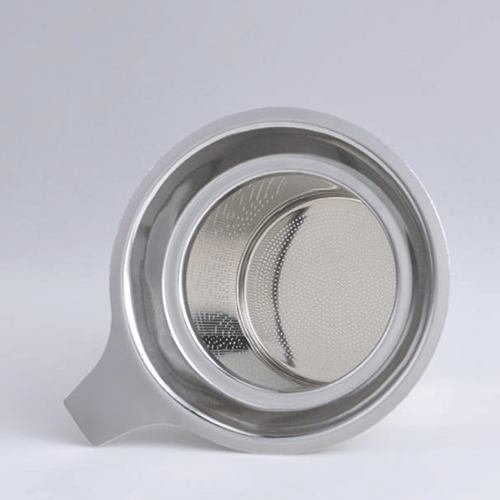
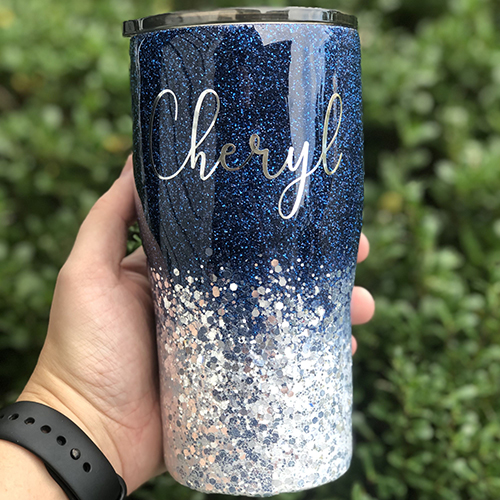
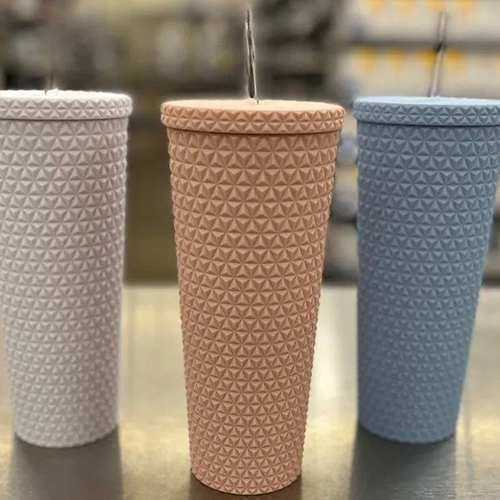
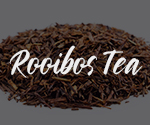
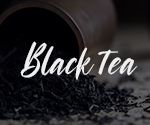
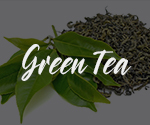
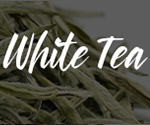

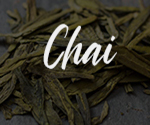
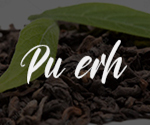
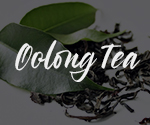
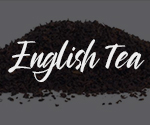
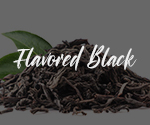


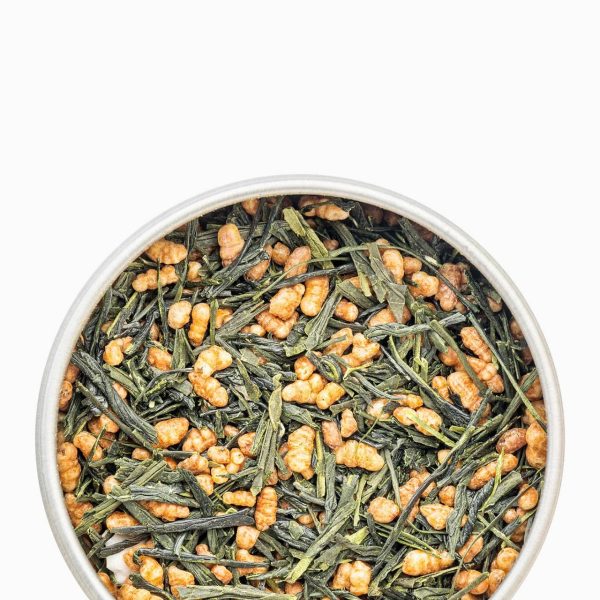
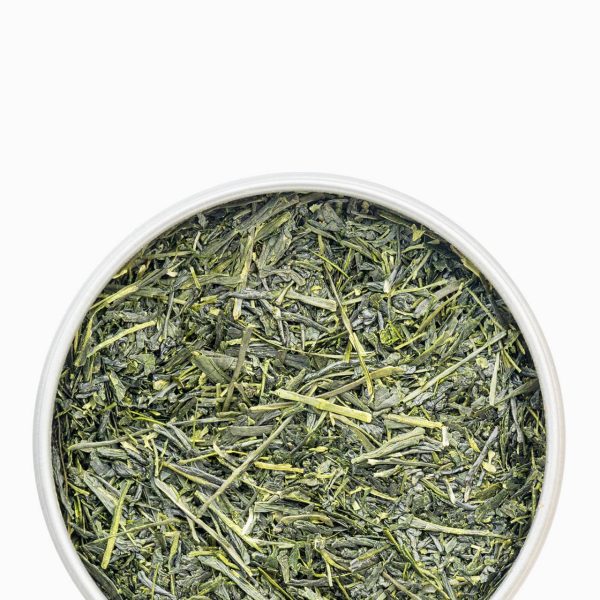

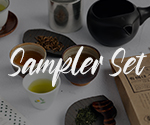







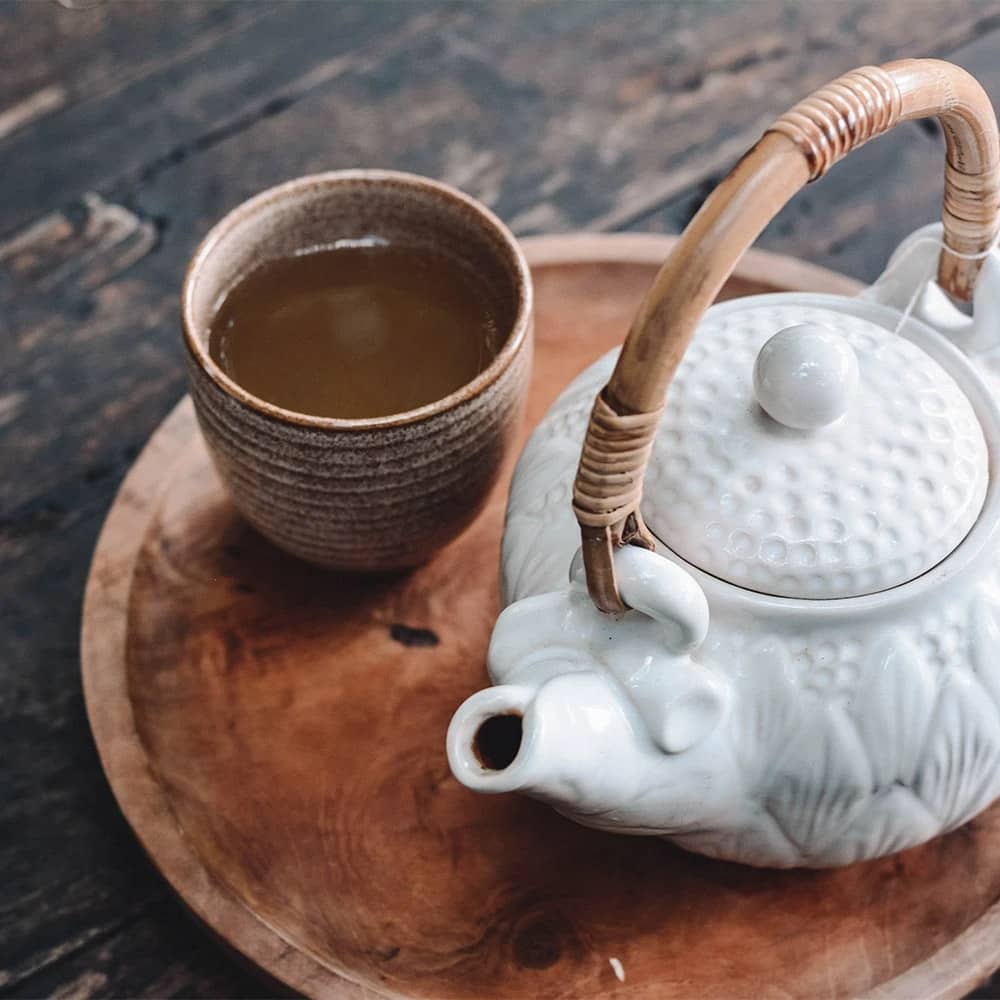
Reviews
There are no reviews yet.